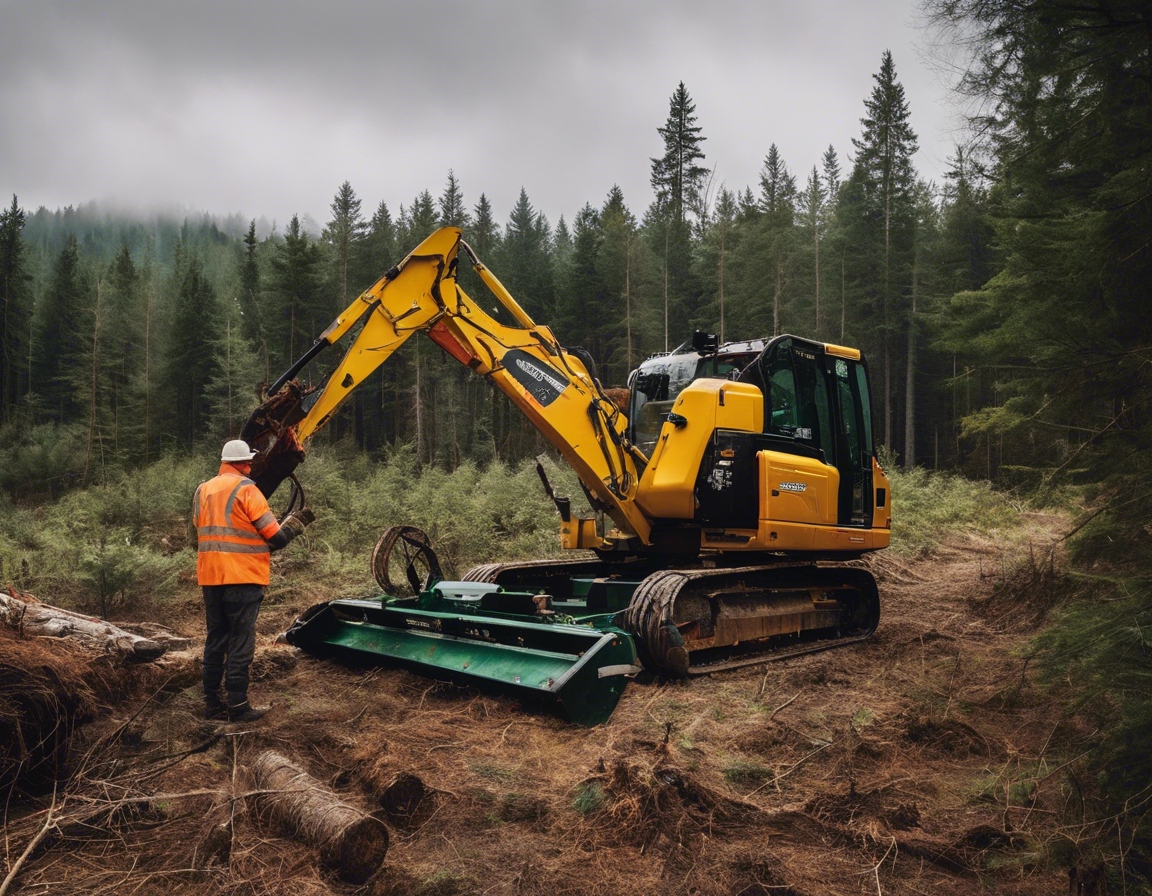5 reasons why sustainable forest management matters
Sustainable forest management is the practice of managing forest resources to meet the needs of the present without compromising the ability of future generations to meet their own needs. It encompasses a broad range of activities that aim to maintain and enhance the economic, social, and environmental values of forested areas over the long term.
In a world facing environmental challenges such as climate change, deforestation, and biodiversity loss, sustainable forest management is more crucial than ever. It provides a pathway to balance human needs with the health of forest ecosystems, ensuring that forests continue to provide their invaluable services to humanity and the planet.
Reason 1: Biodiversity Conservation
Forests are home to a vast array of wildlife and plant species. Sustainable management practices help to protect these ecosystems, ensuring that they remain vibrant and resilient. By maintaining diverse habitats, we support the survival of countless species, including many that are endangered or endemic.
A diverse forest is a healthy forest. Biodiversity contributes to the stability and productivity of forest ecosystems, allowing them to withstand stresses and disturbances. It also provides a wealth of resources for medicinal, genetic, and ecological research that can benefit humanity in numerous ways.
Reason 2: Climate Change Mitigation
Forests play a critical role in the global carbon cycle by absorbing carbon dioxide from the atmosphere and storing it in biomass and soil. Sustainable forest management ensures that this carbon sequestration continues, helping to mitigate the impacts of climate change.
By preventing deforestation and promoting reforestation, sustainable forest management reduces greenhouse gas emissions. It also encourages the use of wood products that store carbon and can substitute for more energy-intensive materials, further reducing the carbon footprint.
Reason 3: Economic Sustainability
Forests support the livelihoods of millions of people worldwide, providing employment and resources for industries such as timber, paper, and ecotourism. Sustainable practices ensure that these resources are available for the long term, contributing to stable and thriving economies.
Investing in sustainable forest management can lead to greater economic returns over time. By maintaining forest health and productivity, we can ensure a steady supply of resources, which is essential for economic stability and growth.
Reason 4: Water Regulation and Quality
Forests play a vital role in water cycles by filtering and regulating the flow of water. They help to purify water sources, making them safer for human consumption and supporting aquatic life.
The root systems of trees help to stabilize soil and prevent erosion. Forests also act as natural barriers against flooding by absorbing large amounts of rainfall. Sustainable management practices help to maintain these critical functions.
Reason 5: Recreational and Cultural Value
Forests provide spaces for recreation and relaxation, contributing to the physical and mental well-being of individuals. They offer opportunities for activities such as hiking, birdwatching, and camping, which can enhance the quality of life for people of all ages.
Many cultures have deep connections to forests, with traditions and practices that have been passed down through generations. Sustainable forest management helps to preserve these cultural values, ensuring that they can be enjoyed by future generations.






Comments (0)